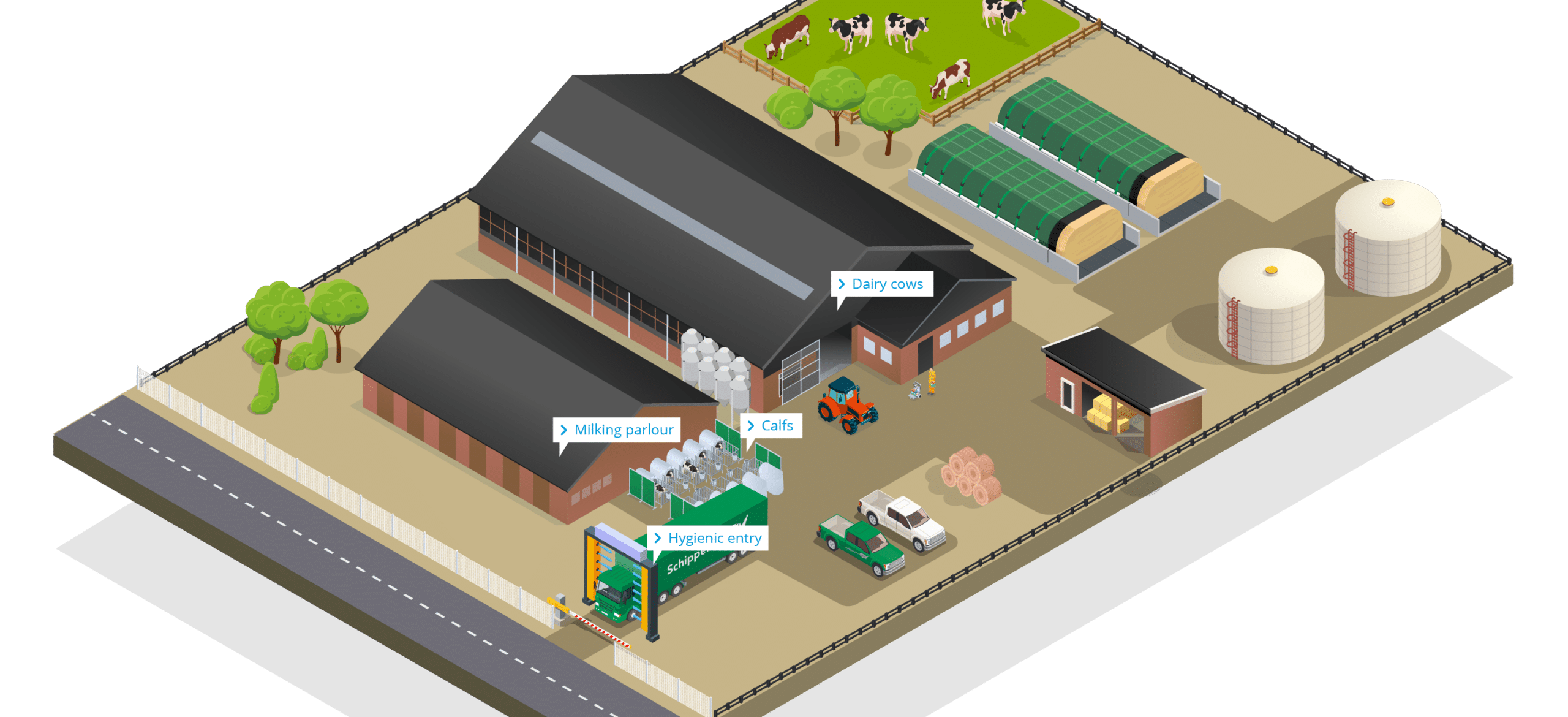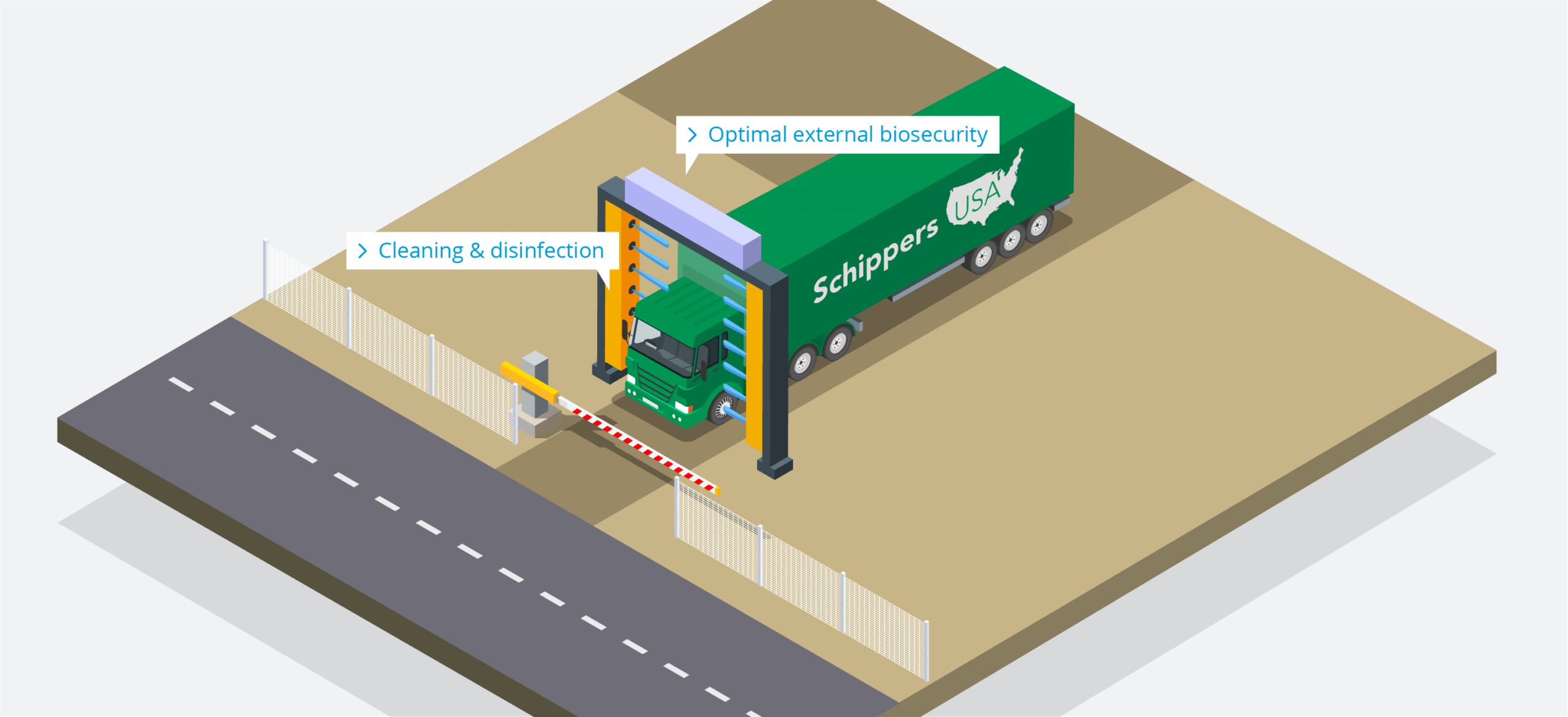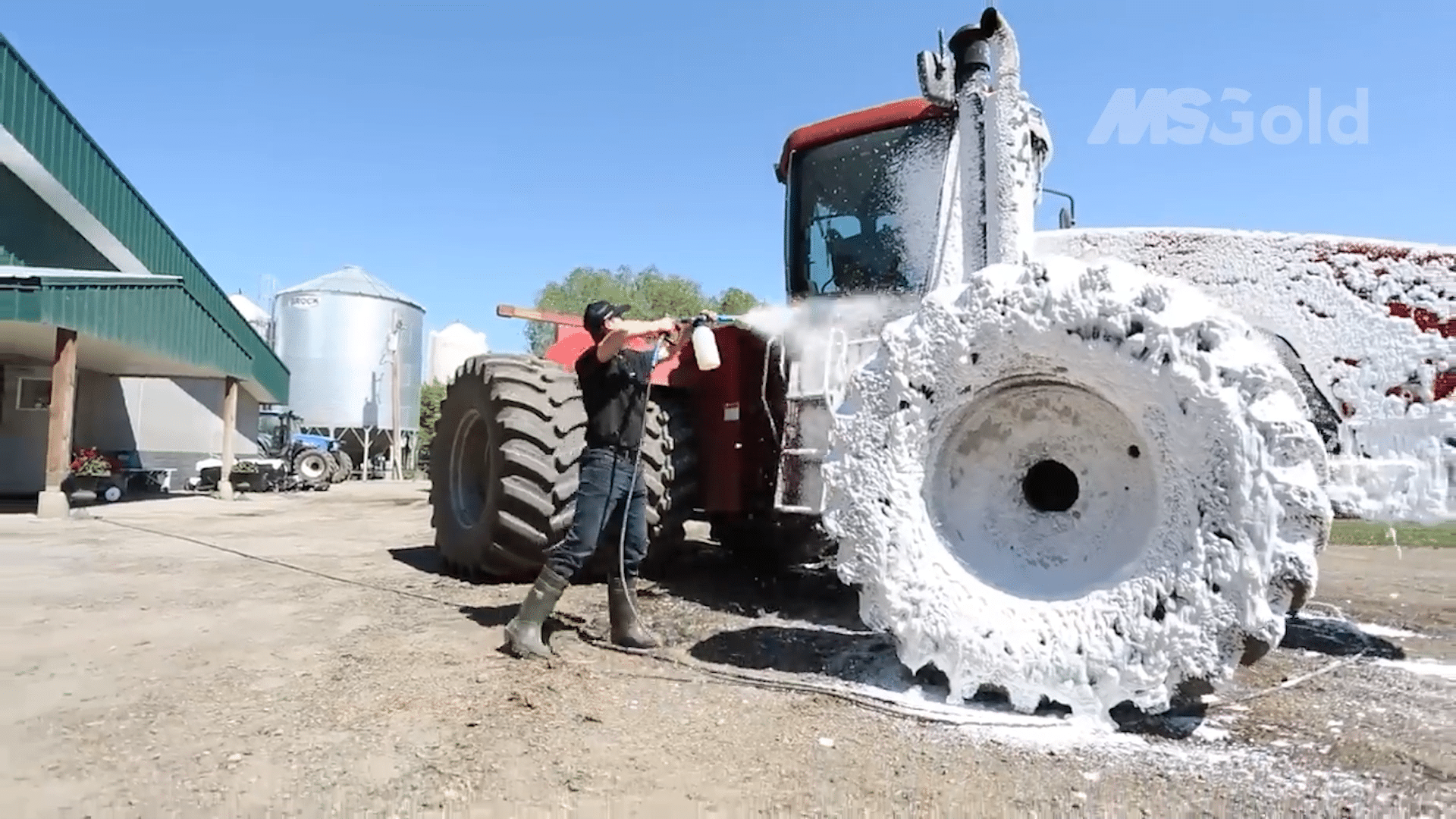
Dairy cows
These are the main shelters for dairy cows. Depending on the farm's setup, cows might be kept in freestall barns (individual stalls with bedding), tie-stall barns (cows are tied in individual stalls), or pasture-based systems. These barns provide protection from harsh weather conditions and also offer a controlled environment for managing the cows' health and comfort.
Milking parlour
This is where the milking of cows takes place. Milking parlors can vary in design, with options like herringbone, parallel, or rotary parlors. Modern milking parlors often use automated milking machines that milk multiple cows simultaneously, ensuring efficiency and reducing labor.
Calfs
The calf rearing area. Young calves are typically kept separate from adult cows to ensure proper care and growth. Calf rearing facilities have individual pens or group housing systems and provide the necessary nutrition, warmth, and attention to help calves develop into healthy replacements for the milking herd.
Hygienic entry
Many farms that focus on biosecurity include a hygienic farm entry area, usually a disinfection gate or manual cleaning and disinfection are for trucks, goods or persons that enter the farm.
Biosecurity programsfor dairy farms
Hygienic entry
What are important factors at a hygienic entry?
The main goal is to to prevent the introduction of pathogens on the farm by creating a designated area for goods, vehicles and people to enter the farm. At this area strict protocols are enforced to minimize the risk of contamination. Though cleaning and disinfection, personnel hygiene and quarantine measures a controlled process is created. The HyCare program is comprehensive and can be adjusted to match the operational requirements at your farm.
Common challenges:
- The risk of disease introduction
- Disease transmission through farm visitors, equipment and vehicles
- Disease transmission via pests
- Establishing a culture to follow protocols
- Consistently applying hygiene measures
- Farm design and facilities
- carcass management
Hygienic entry

Optimal external biosecurity
Vehicles that enter the farm need to be properly disinfected before entry. Especially vehicles from persons that visit other farms regularly can carry pathogens from one farm to the next. The same goes for their tools, boots and equipment. The optimal external biosecurity program focuses on keeping pathogens outside of the farm using various measures, protocols and employee training.
Cleaning and disinfection
Cleaning and disinfecting goods, vehicles and equipment before they enter the barn is crucial to make sure they are free of pathogens. The HyCare cleaning and disinfection program implements measures, protocols and instruction to personnel to ensure the cleaning and disinfection program remains effective.

Vehicles that enter the farm need to be properly disinfected before entry. Especially vehicles from persons that visit other farms regularly can carry pathogens from one farm to the next. The same goes for their tools, boots and equipment. The optimal external biosecurity program focuses on keeping pathogens outside of the farm using various measures, protocols and employee training.
Cleaning and disinfecting goods, vehicles and equipment before they enter the barn is crucial to make sure they are free of pathogens. The HyCare cleaning and disinfection program implements measures, protocols and instruction to personnel to ensure the cleaning and disinfection program remains effective.


Contact our dairy manager
Martijn Schippers
Martijn Schippers is the General Manager for Schippers USA and the manager for dairy and poultry.